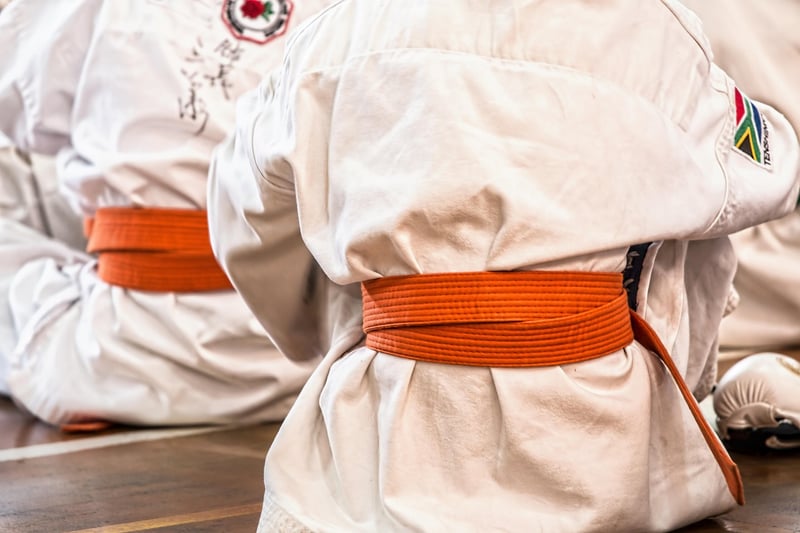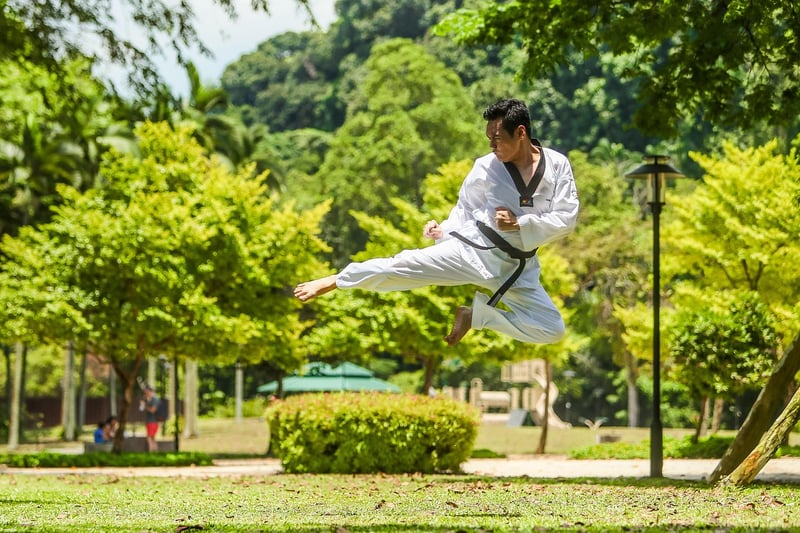Kung Fu
The Art of Discipline and Self-Defense: Exploring Kung Fu
Introduction to Kung Fu
Kung Fu, also known as Chinese martial arts, is a traditional fighting style that has been practiced for centuries. It is not just a form of self-defense but also a way of life that promotes discipline, focus, and physical fitness.
The Importance of Discipline in Kung Fu
Discipline is at the core of Kung Fu training. Practitioners learn to control their bodies and minds, developing a strong sense of self-discipline that extends beyond the training hall into their daily lives. This discipline helps individuals stay focused, set goals, and overcome challenges.
Benefits of Kung Fu in Self-Defense
One of the primary reasons people practice Kung Fu is for self-defense. The techniques taught in Kung Fu emphasize using an opponent's strength against them, making it an effective form of defense even against larger adversaries. By mastering Kung Fu, individuals can feel more confident and secure in dangerous situations.
Types of Kung Fu
There are numerous styles of Kung Fu, each with its unique techniques and forms. Some popular styles include Wing Chun, Tai Chi, Shaolin Kung Fu, and Wushu. Each style focuses on different aspects of combat, such as striking, grappling, or weaponry.
Training in Kung Fu
Training in Kung Fu involves a combination of physical conditioning, forms practice, sparring, and meditation. Practitioners dedicate hours to perfecting their techniques and mastering the principles of Kung Fu. This rigorous training not only improves physical fitness but also enhances mental acuity and focus.
Conclusion
Kung Fu is more than just a martial art; it is a way of life that instills discipline, cultivates self-defense skills, and promotes overall well-being. By practicing Kung Fu, individuals can develop the physical and mental strength needed to navigate life's challenges with confidence and grace.

Explore the world of Kung Fu and discover the profound benefits it can bring to your life!
For more information on Kung Fu and its practice, visit here.
